A child enters art namelessly, in colours and light, sound and spirit. In our earliest memories, a dark corner may have contained a monster. And the loudness of thunderstorms, its gnashing teeth. Yet, through persuasion and the comfort of a parent or of a snuggly bed, we transform them into adventures with the intangible. We realise that these become sources of comfort, even inspiration when we grow into adult proportions.
The art book, Abanindranath’s House of Stories, written by Likla Lall and illustrated by Eva Sanchez Gomez, is a ship that sets sail on one such evening. The young artist transforms his fear into swords and lighthouses, and we sail the waters of an artist in the making. Taking this journey means transforming our own minds as well – to see, think and feel as an artist would.
Abanindranath’s story
The art book begins with the young Abanindranath, the nephew of that other Tagore – Rabindranath, growing up. The big sprawling house is called Number Five, Jorasanko. On a stormy night, he discovers the art of imagination and lets it colour his fearful thoughts. This night of adventure follows him in all his artistic pursuits. As he grows up, it shapes and shades the scenes he chooses to create as an artist. The market scenes, architectural buildings and stories from popular fables are carefully painted. The artist uses various techniques of watercolour washes, colour lithographs, even found objects, etc.
We encourage you to buy books from a local bookstore. If that is not possible, please use the links on the page and support us. Thank you.
Features of this art book
A reader of this unique art book is thrown into Abanindranath’s world of growing up. It is replete with windows that open into balconies overlooking the lush greens of Jorasanko. On the next page, the same window opens up to the lighthouse in our artist’s imagination. As soon as you are familiar with the imaginative adventures of the growing Abanindranath, you enter his house of stories through his paintings. The art book features questions on what art can mean to a reader as little as five or eight. Abanindranath’s paintings lie waiting on the pages for you to consume and answer.
It also features several activities for parents and their young readers. They may draw themselves taking inspiration from our artists, and even sketch their parents and their special facial features. The book features a total of ten artworks by Abanindranath Tagore. They include lithographs, watercolours like Mother India and The Passing of Shah Jahan and the sculpture – Self-portrait with a Bird. Some invite the children to think about the stories within art. The presence of objects in a painting is pointed to readers. And they are asked to hink about the clothes that make up the characters of a painting. And yet others invite us to wonder about the use of colours and details in them.
One of the best parts of the activities is that it invites both parents and children to work together. Readers can build a jatre, a puppet show and even create a set of boxes with customised stories in them. What’s more – printouts for the theatre backdrops and chart paper with dotted lines and characters are provided within the book itself!
Art1stic intentions with this art book
Eva’s sketches smoothen over the adventures we have with Abanindranath’s House of Stories. They bring to life the active imagination of the artist as a child and adult. Art1st publications, with their Art Exploration series, have created a new world of experiencing art and engaging in storytelling. This art book, created in association with the Kiran Nadar Museum of Art, with research supported by Akar Prakar is full of windows that open into the greenery of imagination. Along with the activities, it is truly one of a kind. Young readers may not immediately understand the weight of the paintings of an artist who spearheaded the rise of Indian Modern Art. However, falling into Abanindranath’s House of Stories is one way for both children and parents to enter a world of mysticism and visual poetry that Indian art history contains.
Best quotes
Aban discovered that he had a unique gift too; the power to turn fear into imagination.
Together, the boy and the house wove tales and pictures and songs.
Even as Abanindranth became older, Jorasanko was in his heart, and he was forever the boy in the house of stories.
Final Verdict: 5/5
Whether you’re of childlike or adult-hearted proportions, this is a book you will not regret buying. If you have an inkling for the mysteries of colour and stories that make up the world of Indian Art History, you must have this book. Read and engage with it on your own time, or invite a young reader to travel the world of Abanindranath’s House of Stories. Or even just place it on your bookshelf for new curious readers to discover and recreate the world of art and stories.












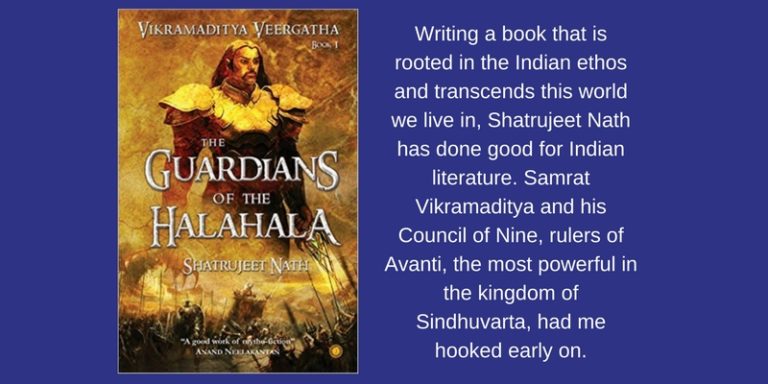

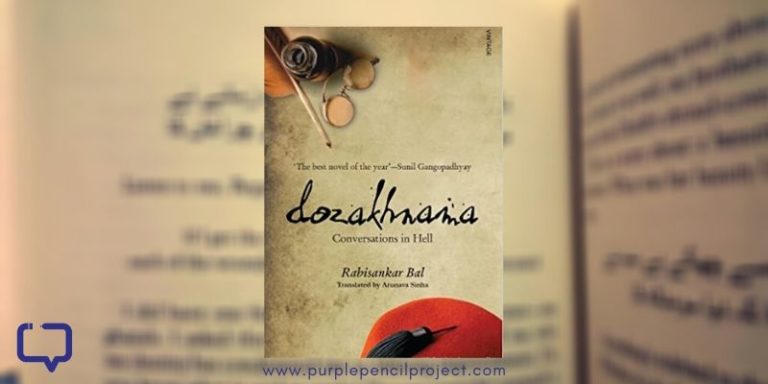


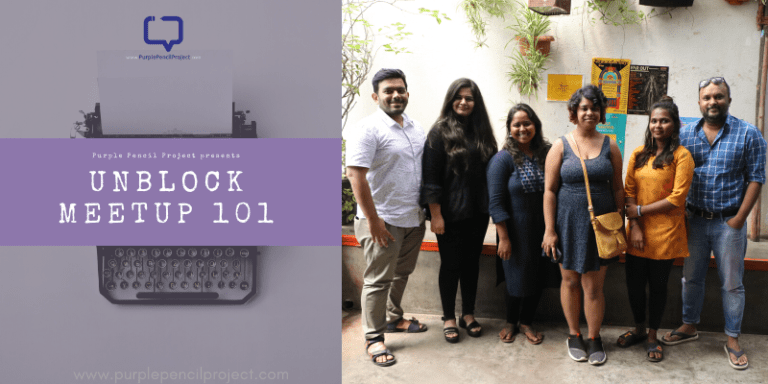
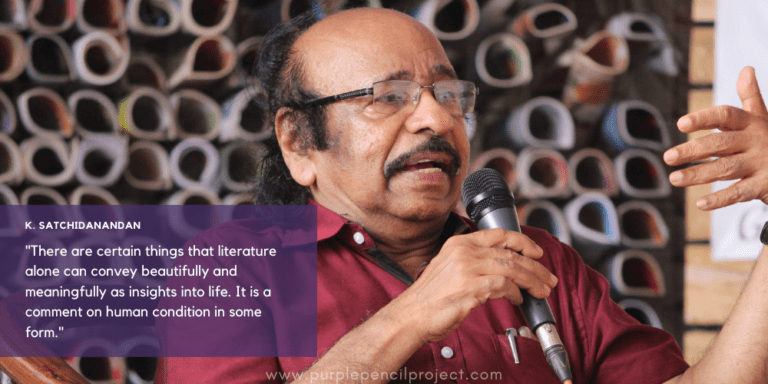

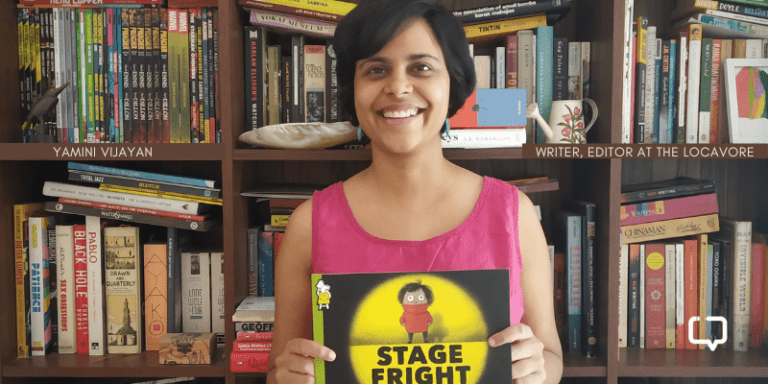
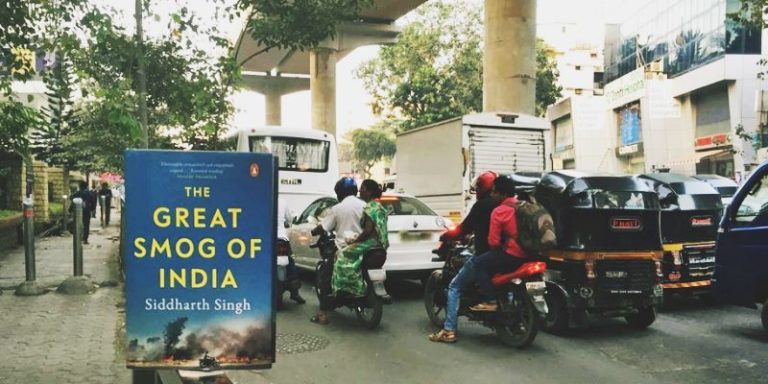

2 Responses
Hi, Where can we buy this book. Can you please help.
Hello, Thank you for your interest in the book!
You can buy it on Amazon or Champaca Bookstore. Leaving the links here:
https://champaca.in/products/abanindranaths-house-of-stories?variant=39949241581603
https://www.amazon.in/dp/8195298036/ref=cm_sw_r_apa_i_M7BWC36G2WH0NGMSGZR1_1
Currently it is sold out, but do keep an eye out for when it returns.